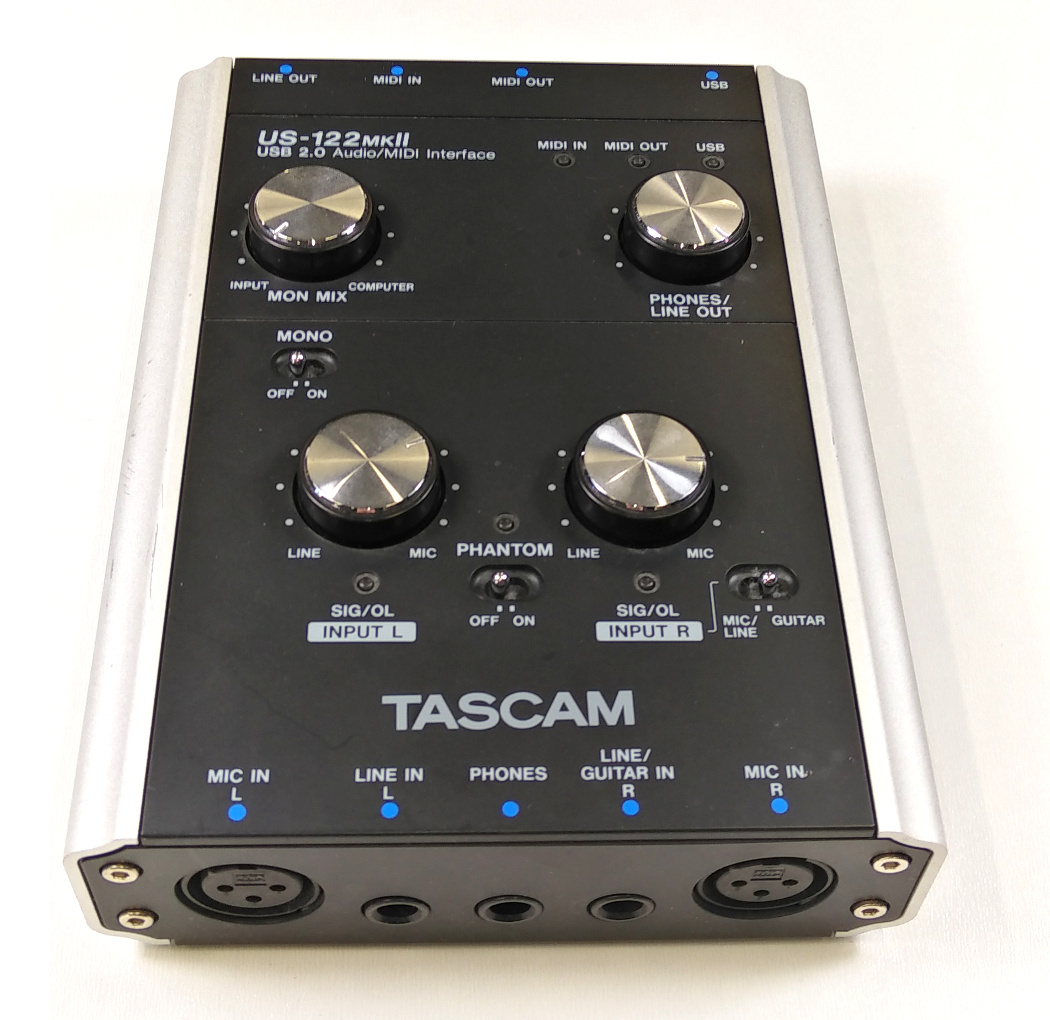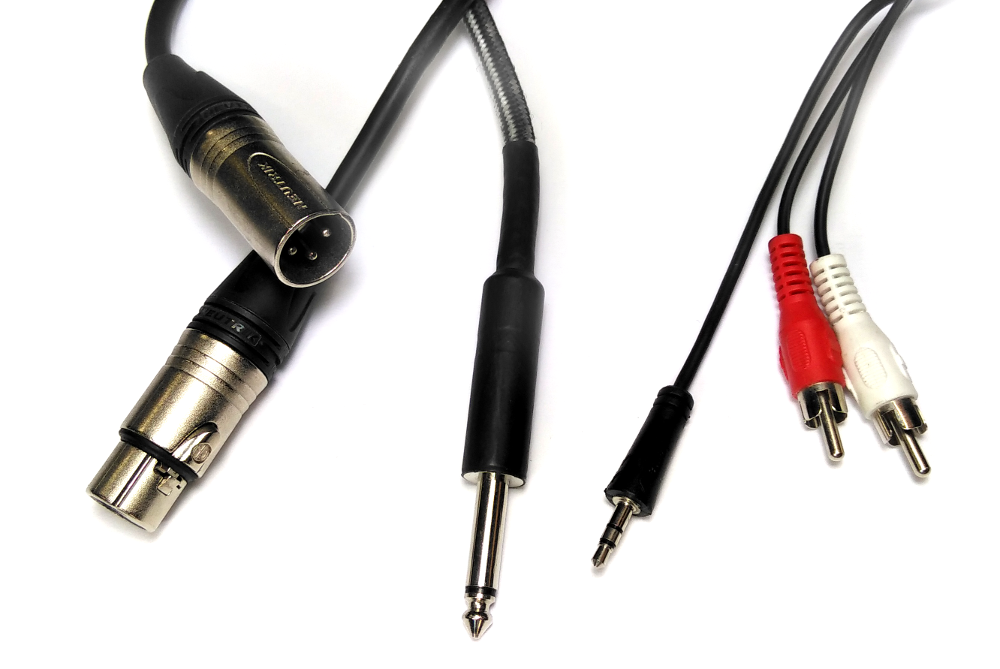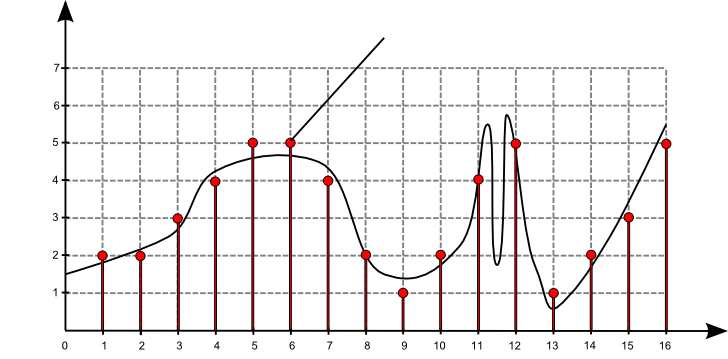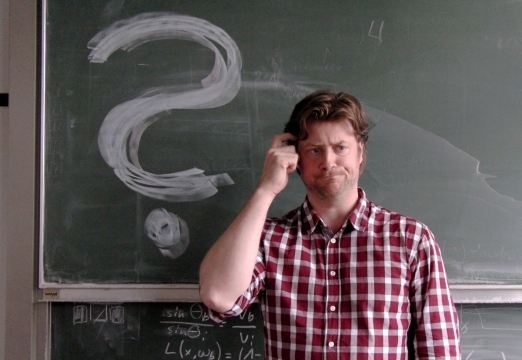Multimedia Signal Processing
Digitization of Audio
Thorsten Thormählen
May 29, 2020
Part 4, Chapter 1
Thorsten Thormählen
May 29, 2020
Part 4, Chapter 1
This is the print version of the slides.
Advance slides with the → key or
by clicking on the right border of the slide
Slides can also be advanced by clicking on the left or right border of the slide.
| Type | Font | Examples |
|---|---|---|
| Variables (scalars) | italics | $a, b, x, y$ |
| Functions | upright | $\mathrm{f}, \mathrm{g}(x), \mathrm{max}(x)$ |
| Vectors | bold, elements row-wise | $\mathbf{a}, \mathbf{b}= \begin{pmatrix}x\\y\end{pmatrix} = (x, y)^\top,$ $\mathbf{B}=(x, y, z)^\top$ |
| Matrices | Typewriter | $\mathtt{A}, \mathtt{B}= \begin{bmatrix}a & b\\c & d\end{bmatrix}$ |
| Sets | calligraphic | $\mathcal{A}, B=\{a, b\}, b \in \mathcal{B}$ |
| Number systems, Coordinate spaces | double-struck | $\mathbb{N}, \mathbb{Z}, \mathbb{R}^2, \mathbb{R}^3$ |


| Sound: | Rifle | Trumpet | Nightclub | TV | Conversation | Leaf rustling |
| Distance: | 1 m | 0.5 m | 1 m | 1 m | 1 m | at the ear |
| Sound pressure level: | 170 dB | 130 dB | 100 dB | 60 dB | 40-60 dB | 10 dB |














Please notify me by e-mail if you have questions, suggestions for improvement, or found typos: Contact